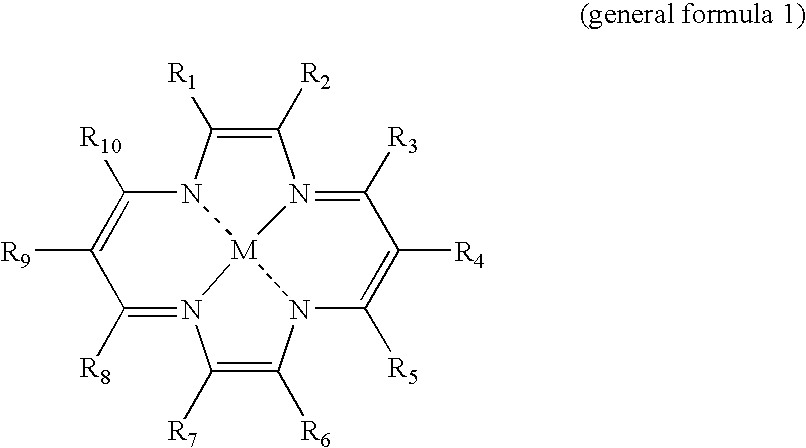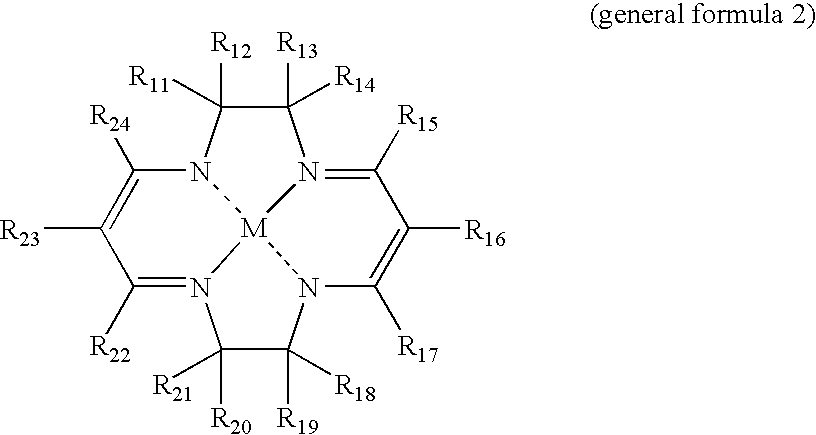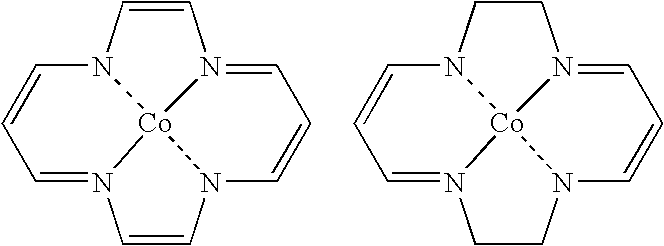Fuel Cell and Fuel Cell Use Gas Diffusion Electrode
- Summary
- Abstract
- Description
- Claims
- Application Information
AI Technical Summary
Benefits of technology
Problems solved by technology
Method used
Image
Examples
example 1
[0327] A catalyst-carrying carbon material of each of the carbon blacks A, B, C, D, E, and F was dispersed in a hydrogen hexachloroplatinate aqueous solution. While holding this at 50° C. and stirring, hydrogen peroxide was added, then an Na2S2O4 aqueous solution was added to obtain a catalyst precursor.
[0328] Each of these catalyst precursors was filtered, rinsed, and dried, then reduced in a 100% H2 stream at 300° C. for 3 hours to prepare each of the Pt catalysts 1 to 6 comprised of the catalyst-carrying carbon materials carrying 30 mass % of Pt. The Pt particle sizes of the Pt catalysts 1 to 6 are shown together in Table 1. The Pt particle sizes of the catalysts were 3 to 4 nm.
[0329] Each of the prepared Pt catalysts 1 to 6 was placed in a container, a 5% Nafion solution (made by Aldrich) was added to give a mass ratio of the Pt catalyst and Nafion of 1 / 1.4, this was lightly stirred, then the catalyst was crushed by ultrasonic waves, and butyl acetate was added while stirring ...
example 2
[0342] A catalyst-carrying carbon material comprised of the carbon black D was dispersed in a hydrogen hexachloroplatinate aqueous solution. While holding this at 50° C. and stirring, hydrogen peroxide was added, then an Na2S2O4 aqueous solution was added to obtain a catalyst precursor.
[0343] The catalyst precursor was filtered, rinsed, and dried, then reduced in a 100% H2 stream at 300° C. for 3 hours to prepare the Pt catalyst 7 comprised of the catalyst-carrying carbon material carrying 20 mass % of Pt. The Pt particle size of the Pt catalyst 7 was 3 to 4 mm.
[0344] The prepared Pt catalyst 7 was placed in a container, a 5% Nafion solution (made by Aldrich) was added to give a mass ratio of the Pt catalyst and Nafion of 1 / 1.6, this was lightly stirred, then the catalyst was crushed by ultrasonic waves, and butyl acetate was added while stirring to give a solid concentration of the Pt catalyst and Nafion combined of 6 mass % so as to prepare the catalyst ink 7.
[0345] Next, a gas...
example 3
[0353] A catalyst-carrying carbon material comprised of the carbon black F was dispersed in a hydrogen hexachloroplatinate aqueous solution. While holding this at 50° C. and stirring, hydrogen peroxide was added, then an Na2S2O4 aqueous solution was added to obtain a catalyst precursor. The catalyst precursor was filtered, rinsed, and dried, then reduced in a 100% H2 stream at 300° C. for 3 hours to prepare the Pt catalyst 8 comprised of the catalyst-carrying carbon material carrying 50 mass % of Pt. The Pt particle size of the Pt catalyst 8 was 3 to 4 nm.
[0354] The prepared Pt catalyst 8 was placed in a container, a 5% Nafion solution (made by Aldrich) was added to give a mass ratio of the Pt catalyst and Nafion of 1 / 2, this was lightly stirred, then the catalyst was crushed by ultrasonic waves, and butyl acetate was added while stirring to give a solid concentration of the Pt catalyst and Nafion combined of 6 mass % so as to prepare the catalyst ink 8.
[0355] Next, a gas-diffusin...
PUM
 Login to View More
Login to View More Abstract
Description
Claims
Application Information
 Login to View More
Login to View More - R&D
- Intellectual Property
- Life Sciences
- Materials
- Tech Scout
- Unparalleled Data Quality
- Higher Quality Content
- 60% Fewer Hallucinations
Browse by: Latest US Patents, China's latest patents, Technical Efficacy Thesaurus, Application Domain, Technology Topic, Popular Technical Reports.
© 2025 PatSnap. All rights reserved.Legal|Privacy policy|Modern Slavery Act Transparency Statement|Sitemap|About US| Contact US: help@patsnap.com



